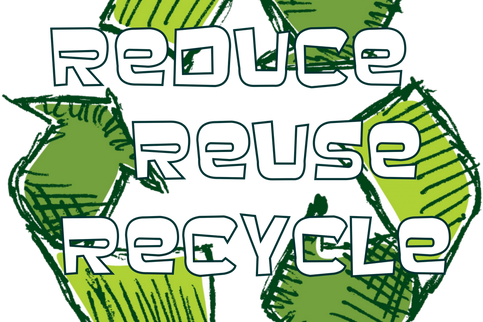|
Bortz Product Design has been involved in designing 100s of plastic bottles over the past 20+ years, some of which are produced in the millions per annum. The thought that so many are produced for single use, then discarded – hopefully for recycling, but most likely landing up in landfill has constantly played on our conscience.
There has to be a way forward that reduces the amount of plastic in this cycle. Well it turns out there are and very slowly companies and consumers are making the effort to try and stem this Tsunami of waste. We are all in this together and the following few paragraphs will share some insights on processes and products that have been successful around the world as well as identify some of the issues or loopholes that are being exploited and what you as the consumer or creator can do to help us all look out for the planet. The most obvious is through recycling. However this process is struggling to deliver. There are not enough processing plants and the process is still difficult to do really efficiently. At the moment the use of recycled material is still more expensive and their properties inferior to that of using virgin material. To improve the process designers and manufacturers need to be really careful to specify the correct inks and reduce labeling or make them of the same material as the bottle and consumers must not contaminate the items they are recycling. To use recycled material, technologies that use multi layered (co-extruded) materials that “hide” the recycled material in a sandwich of virgin material are being used as well as blends using varying percentages of recycled material mixed into virgin material. Hopefully as processes are improved and more recycled material is used, the price will come down and it will become more main stream. Light weighting bottles to reduce the amount of plastic in their production is another avenue, but this seems to be effective mainly in bottles with a very short life span, that I,s once opened they are quickly consumed and discarded as they usually lack structural integrity. Examples are like those used for bottled water. In the case of bottled water, don’t even get me started. This is a crime in which most consumers are complicit. I believe a better outcome would be to reduce consumption thereby drastically reducing the need for the packaging in the first place. Another option is to use plant-based materials like those derived from sugar cane or corn waste. The problem with this is that the material only needs to use 20% organic materials to be termed plant based and so will not be totally biodegradable or fully compostable. Determining whether the bottle is compostable, and if so, if it could it be composted at home, or must it go to an industrial composting facility needs to be obvious. A bigger problem is these landing in the regular recycling system and contaminating it. So to make this work, more consumer education on labeling is required and fully biodegradable bottles produced. Planet Ark’s new campaign of “Check it! Before you Chuck it” and info graphics are an attempt to help clear up confusion and improve on our waste and recycling management, but perhaps to really ingrain this understanding and culture it should also be taught at schools, with a refresher course every year! A better way to reduce the amount of plastic is to re-use. This not only reduces our reliance on getting the recycling right or the bottles out of landfill, but reduces the pressure on producing the resource in the first place. I laud the companies that are trailing or implementing this practice. In Chile, Algramo (https://algramo.com/en/home/) is offering a service to refill laundry detergent bottles and are even looking at way to have mobile vendors taking the refill stations to the public. Beiersdorf is also trailing refill stations in chemists for Nivea shower gel (https://www.beiersdorf.com/beiersdorf-live/career-blog/blog-overview/2020/08/12-refill-instead-of-throwing-away), where consumers can bring their bottles to be refilled. This re-use of bottles is not new, companies with strong environmental values have been doing this for ages, and in the good old days this is how things were done. Now once again it is time that it became main stream and our consumer culture changed. My final take away message is for us all to look for opportunities that we could re-use packaging and products, to become more sensitive to our impact on the planet and wherever possible do the right thing by it.
0 Comments
Leave a Reply. |
AuthorGary Bortz, Director of Bortz Product Design Categories |
